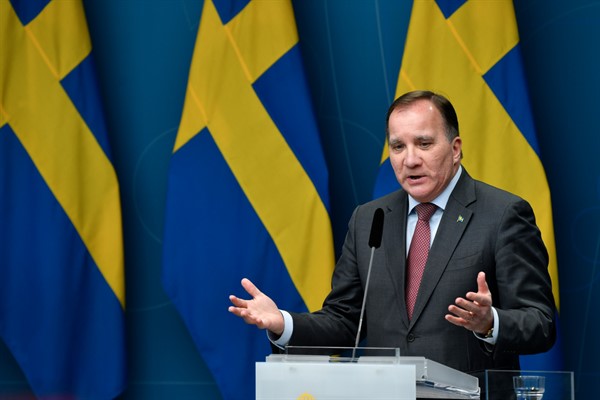This past spring, as the coronavirus pandemic was tightening its grip across the globe, I wrote about Sweden’s controversially relaxed response to COVID-19, describing it as more of a failure than a panacea. Still, I conceded, “the final judgement on Sweden’s unorthodox approach cannot be rendered until the crisis moves into the history books,” even if the actions of Swedish authorities “may ultimately be viewed by future generations of Swedes as a shameful chapter in the country’s history.”
I was wrong. We won’t have to wait until the end of the pandemic to know that Sweden’s strategy was a preventable disaster. And I suspect it won’t take generations for Swedes to demand a reckoning over what went so horrifically wrong.
Today, Swedish health care workers are battling a catastrophic surge of coronavirus infections and deaths. Intensive care units in the Stockholm region, which authorities predicted would be the best protected by their lax approach, now exceed 100 percent of capacity. Hundreds of Swedes are dying every week, adding to the more than 7,800 COVID-19 deaths since the start of the pandemic. Meanwhile, across the border in Norway, the coronavirus has been kept well under control using accepted public health methods like lockdowns and other restrictions. While 1,400 people died in Sweden in the past month, Norway counted 100 deaths. Norway’s total pandemic death toll is 383 people. The death rate in Norway from COVID-19 is 74 people per million; it is more than 10 times higher in Sweden, at 770.

